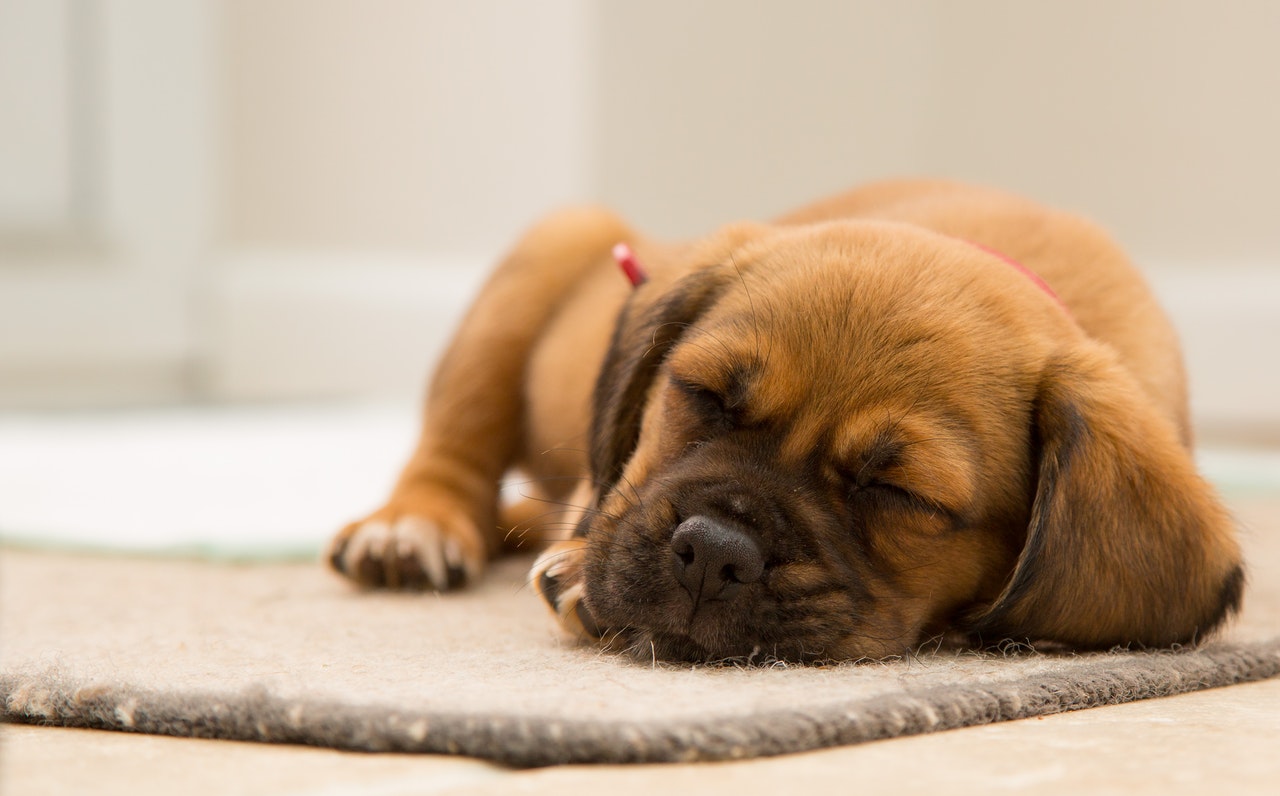
The number one scourge affecting dogs today is a lack of proper obedience training. In light of this, most dog owners today have stepped up their game and consistently tried to find better dog training guidance. Whether you are considering getting a puppy or wish to create a better bond with your current dog, obedience training is crucial for having happy and healthy pets. Many companies provide obedience training to help dogs settle comfortably in their new homes and shed problematic habits. It is advisable to hire a professional to train your dogs, but if you wish to do it yourself, this article will provide several handy tips that will help you in this process.
Start Obedience Training When Puppies Are Still Young
The best time to start obedience training is as soon as you bring your puppy home. Puppies and new dogs need to interact with family members, other pets, and strangers in a safe manner. The younger the puppy, the easier it is to adapt it to your lifestyle, needs, and habits. If you start training your puppy early, you are less likely to call in a professional later for behavioral problems.
Puppies are easy to train. After all, they do not require behavior modification because they haven’t picked up harmful habits yet. Further, puppies only need to learn a few basic commands and patterns to fit right into your home. It is possible to train your puppy at home, but it is advisable to hire a professional obedience trainer whenever possible.
When you adopt a fully grown dog from a rescue shelter, you are more likely to have a hard time acclimating it to your home and other pets. Keep a keen eye on a new dog for any signs of behavioral or obedience issues which may need to be addressed by a professional behaviorist or obedience trainer.
Have Consistent And Short Training Sessions
Puppies have short concentration spans but lots of energy. They are very eager to learn, and you should begin giving them behavioral lessons as soon as you get them home. Short and consistent training sessions are advisable because long sessions can frustrate both you and your puppy. Concentrate on teaching your puppy one skill and ensure it has mastered it before moving on to the next.
An excellent place to start is to teach your dog to respond to its name and stay in its crate. You need to ensure that you do not enable your puppy to learn negative habits like unnecessarily aggressive barking, whining, begging, and chewing non-food items because such patterns will be challenging to retrain. The best way to prevent your puppy from acquiring negative habits is by reinforcing positive ones, e.g., rewarding it with a treat if the dog responds to a command correctly.
Use Diverse Training Methods
There is no singular recommended method for training your puppy at home. The rule of thumb is to establish good communication by getting your puppy to acknowledge its name. Once you have your puppy recognizing and responding to its name, then you can attempt to move on to other basic commands.
Do not be in a rush to get your puppy through the basic steps of sit, stay and fetch. Make sure that your pet has wholly picked up one command before starting training on the next. Attempting to teach your puppy all the commands simultaneously will end up confusing the pet. Home obedience training is as much about building a healthy relationship as it is about teaching commands.
Treats can be helpful even though they can undermine the entire training process if not used properly. Rewarding your puppy for obeying a command is essential, but you also want to avoid feeding them between meals, thus creating a
Hey welcome to my blog . I am a modern women who love to share any tips on lifestyle, health, travel. Hope you join me in this journey!

Speak Your Mind